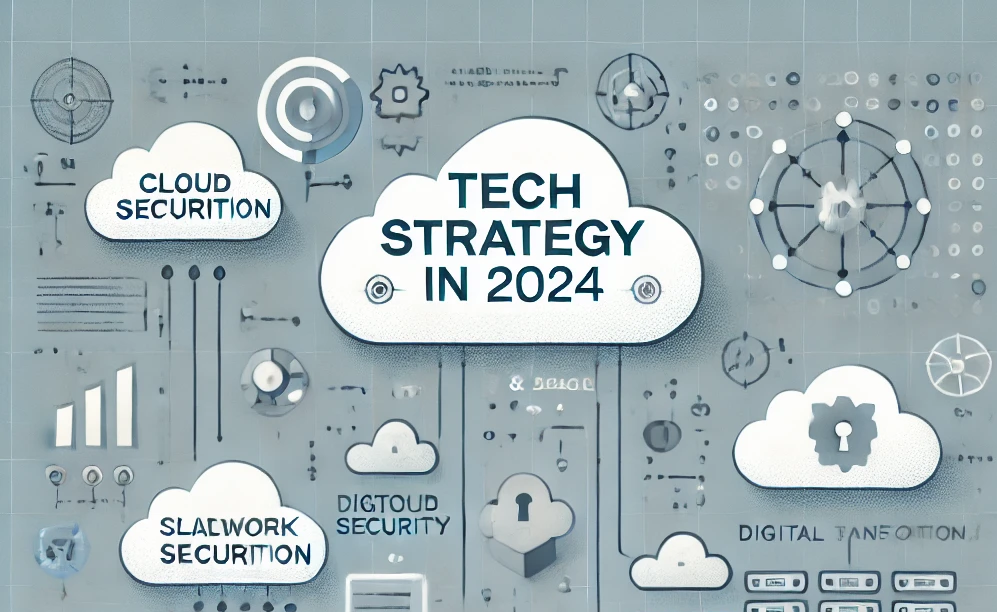Tech Strategy in 2024: Building Scalable and Secure Architectures for Digital Transformation
As we dive deeper into 2024, tech strategies are taking new shapes, and if your business isn't adapting, you're probably already falling behind. Scalability and security have never been more important, but the way we approach them has evolved. Multi-cloud, serverless computing, and Zero Trust security models are leading the charge for a more flexible and resilient digital architecture.
Why Scalability and Security Are a Big Deal in 2024
With over 84% of businesses already adopting multi-cloud strategies, it's clear that relying on a single provider is a thing of the past. Multi-cloud gives companies the flexibility to distribute workloads across multiple platforms, boosting both performance and resilience. Meanwhile, security is becoming a bigger challenge every year. In 2023, the average data breach cost businesses $4.45 million, making security a priority no company can afford to ignore.
The answer? Zero Trust architecture, which doesn’t trust anyone or anything by default, whether they’re inside or outside your network. This model forces continuous validation of users and devices, which makes it harder for attackers to move within your systems.
Key Elements of a Future-Proof Tech Architecture
Today, microservices are dominating over monolithic architectures, and for a good reason. Breaking your application into smaller, manageable services makes it easier to scale and update independently without affecting the entire system. Serverless computing takes this even further by automatically scaling resources as needed, allowing businesses to pay only for the compute power they actually use. This setup is perfect for businesses looking for flexibility and cost-efficiency.
On top of this, AI is revolutionizing scaling. Predictive AI-driven systems help businesses adjust resources dynamically, ensuring they meet real-time demands without overprovisioning.
Best Practices for Building Scalable and Secure Systems
To stay competitive in 2024, businesses need to embrace a hybrid cloud strategy. This mix of on-premise, private, and public cloud environments provides the versatility to meet varying needs, from performance to cost management. As IoT and edge computing continue to grow, processing data closer to where it's generated (the "edge") will become critical. In fact, by 2025, 75% of data will be processed at the edge, reducing latency and increasing system responsiveness.
Additionally, investing in AI-powered security systems is becoming a standard practice. AI can predict and mitigate security risks in real-time, keeping businesses a step ahead of cyber threats.
What's on the Horizon
Looking ahead, expect to see more businesses adopting Network-as-a-Service (NaaS) and integrating blockchain for enhanced security and data integrity. Quantum computing is still a few years away from mainstream adoption, but cloud providers are investing in R&D to make it a reality in the near future.
The bottom line? To stay relevant in 2024 and beyond, businesses need to focus on building architectures that are not just scalable and secure, but smart and adaptable, ready to meet the challenges of tomorrow.


 By PYTUNITY
By PYTUNITY